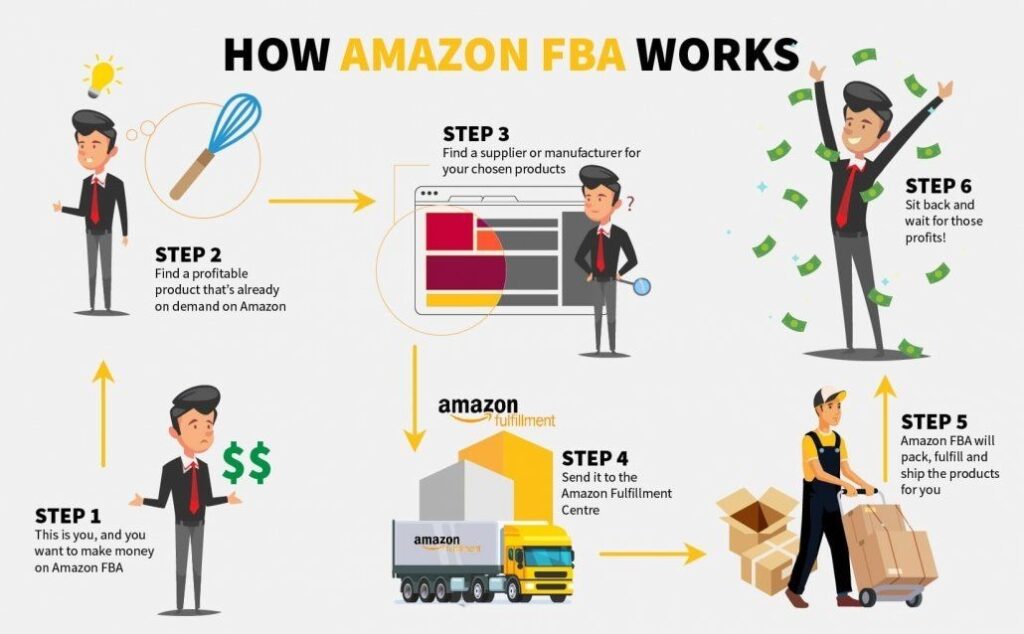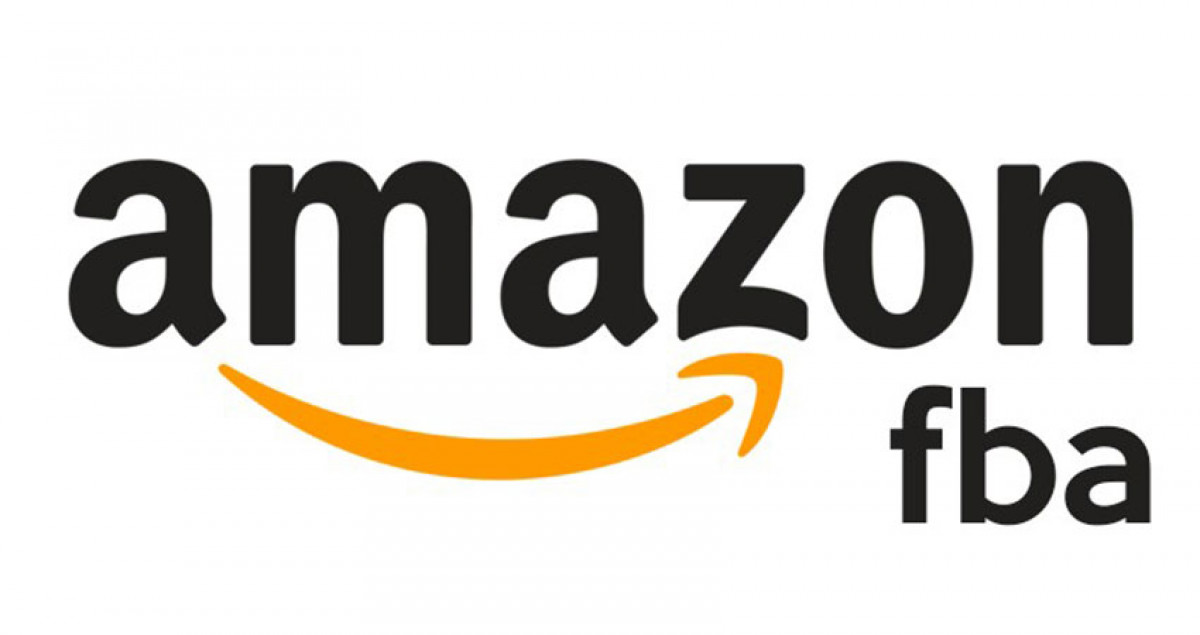
World Domination via Amazon: Inside a Multimillion Dollar FBA Machine
Amazon FBA allows anyone to start an ecommerce business and sell products to Amazon’s millions of customers. But with so much competition, it takes the right strategy and execution to succeed. This comprehensive guide covers everything from finding profitable products to optimizing listings to scaling up your budding Amazon empire. Let’s dive in!
Finding Products Poised for Amazon FBA Success
Choosing the right products is foundational to profitability. Look for items that:
Have Strong Market Demand
Research categories where customers are actively spending money. Tools like:
- Jungle Scout: Analyzes market data including average monthly sales for products
- Google Trends: Shows search volume and demand for product keywords
- Amazon Categories: Review bestseller lists and product rankings
Choose markets with consistent, high buyer demand. Avoid fads or saturated niches.
Offer Good Profit Margins
Consider your profit potential after all costs:
- COGS: What suppliers charge for the product
- FBA fees: Amazon’s fulfillment and storage fees
- PPC costs: Advertising fees to rank for keywords
High margins allow profits even with stiff competition driving down prices.
Have a Relevant Seasonal Profile
Factor in seasonal spikes in demand:
- Evergreen niches: Steady sales year-round
- Holiday niches: Spike around events like Christmas
- Summer/winter niches: Tied to seasons
Timing your launch to align with peak buying periods increases sales potential.
Avoid Highly Competitive Markets
Research how crowded your niche is:
- Jungle Scout: Shows total sellers competing for keywords
- Amazon listings: Review number of offers and customer ratings per product
- Google search results: Check ad saturation for product names
More competitors generally lowers your odds of standing out and grabbing market share.

Sourcing Reliable and Affordable Suppliers
Once you’ve identified hot product opportunities, it’s time to find suppliers who can deliver.
Compare Supplier Types
Popular options include:
- Manufacturers: Produce products directly. More control but higher volumes often required.
- Wholesalers: Buy products wholesale from manufacturers to resell. Lower volumes but less customization.
- Dropshippers: Fulfill orders on demand straight to customers. Fast but lower margins.
Choose the sourcing model that best fits your product, volumes and budget.
Vet and Shortlist Suppliers
Thoroughly evaluate potential suppliers against key criteria:
- Price: Quoted per unit costs and minimums
- Quality: Positive reviews and proven track record
- Logistics: Shipping fees, delivery timelines and fulfillment processes
- Reliability: Responsiveness and consistency
- Production capacity: Ability to scale volumes
Cut your list down to a few top contender suppliers for further comparison.
Place a Small Test Order
Before fully committing:
- Buy a small sample order to inspect product quality firsthand
- Validate shipping times and costs
- Assess ease of communication and responsiveness
- Provide feedback to refine product specs if needed
This upfront testing ensures suppliers can deliver before you source in bulk.
Creating a Brand That Stands Out
Rather than selling generics, create your own brand to stand apart.
Pick a Memorable Brand Name
Brainstorm names that are:
- Unique: Avoid overly crowded keywords
- Catchy and descriptive: Communicates your key features/benefits
- Emotionally resonant: Evokes relevant feelings like luxury, performance etc.
- Easy to pronounce: No confusing spellings
back up choices in case your first pick is already trademarked.
Design Eye-Catching Logos and Packaging
Work with designers to create:
- A logo reflecting your brand personality
- Color palettes aligned to your market
- Custom packaging that makes your product pop
- Compliant labeling with barcodes, warnings etc.
Attractive branding attracts buyers and builds perceived value.
Register Your Brand
Before going public, formally register your:
- Business name
- Website domains
- Trademarks
This protects your branding and prevents competitors from copying you.

Optimizing Your Amazon Product Listings
Converting browsers into buyers comes down to your listing details.
Write Engaging Titles and Descriptions
Optimize these key elements:
- Titles: Lead with your most essential keywords
- Bullet points: Summarize key features, benefits and differentiation
- Descriptions: Elaborate on features and uses, link to external reviews
Tools like Splitly and Zipify help A/B test listings for maximum conversions.
Curate High-Impact Images and Videos
Include:
- Crisp high-res photos showing your product in use
- Infographics explaining features
- Lifestyle images conveying emotions
- Videos demonstrating your products
Images that align to keywords can boost your search visibility.
Recruit Ratings and Reviews
Don’t launch until you have reviews confirming your product delivers as promised. Proactively generate buzz by:
- Giving away free samples of your product in exchange for honest reviews
- Following up with customers asking them to leave reviews
- Promoting reviews through social media and email marketing
Positive validation builds essential trust and social proof.

Launching with a Multi-Channel Promotional Push
Aggressively promote at launch to ignite immediate sales momentum.
Run Contests and Giveaways
Stimulate launch buzz by:
- Giving away free units through gleam.io contests requiring social sharing
- Offering discounts only to the first X buyers
- Running Facebook ads promoting launch deals and giveaways
The initial spike in sales and reviews will help you rank on Amazon.
Partner with Influencers
Leverage influencers to tap into their ready audiences:
- Send free samples to microinfluencers with engaged niche followings
- Compensate influencers to review products on YouTube, Instagram etc.
- Ask influencers to promote launch deals to their email lists
Influencer endorsements lend credibility while exposing you to new potential customers.
Double Down on PPC
Temporarily increase advertising budgets to fuel awareness and sales.
- Bid aggressively on relevant keywords during launch period
- Test a variety of ad formats and placements
- Closely monitor performance, optimizing for conversions
PPC ads put your new product in front of high-intent online shoppers.

Scaling Your Business to the Next Level
With a successful launch under your belt, focus on sustaining growth.
Expand Your Product Catalog Strategically
Add new products that:
- Complement existing offerings
- Appeal to your current customer base
- Fill gaps in Amazon categories
- Build on positive momentum from top performers
Expanding thoughtfully allows you to consolidate your niche authority.
Continuously Optimize Listings
Treat your listings as living assets requiring ongoing refinement:
- Incorporate new buyer feedback into descriptions
- Test pricing strategies to find the revenue-maximizing sweet spot
- Update images to reflect changing trends and seasons
- Monitor reviews, responding promptly to issues
Listings require constant optimization based on real performance data and customer input.
Automate Supply Chain Processes
Streamline tedious backend processes to reduce costs and response times:
- Centralize inventory tracking and forecasting
- Automate supplier reordering through rules-based workflows
- Use feedback software to monitor, respond to, and learn from reviews
Automation eliminates bottlenecks as you scale.

Conclusion
Starting a profitable Amazon FBA business takes extensive research, planning and grit. But the market reach and infrastructure offered by Amazon provides an unparalleled opportunity for entrepreneurs to rapidly build an ecommerce empire. By matching high-potential products with robust launch campaigns and streamlined operations, your home-based FBA business can soon be boasting millions in annual revenue. Think big, start small, and grow steadily – the possibilities to scale on Amazon are endless for those with patience, persistence, and a hunger to succeed.


Leave a Reply